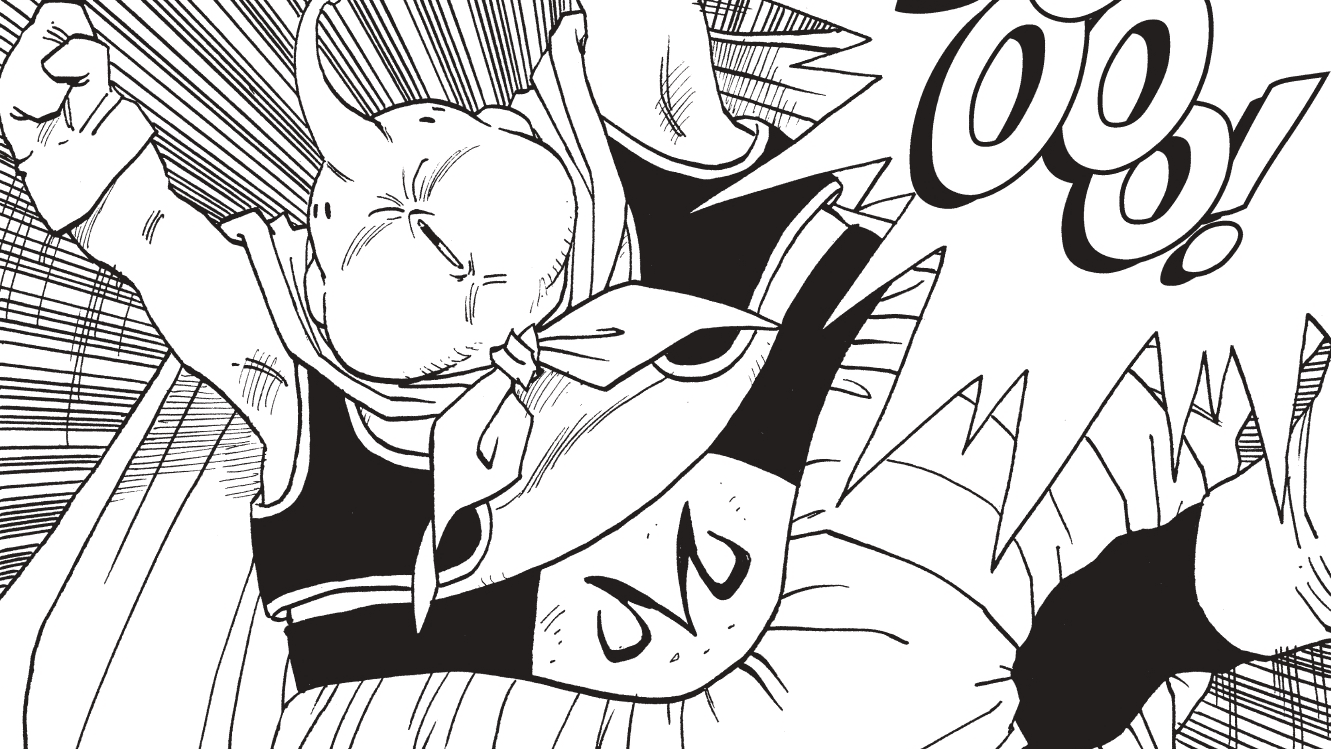In a recent interview, Professor Hisashi Haga, a cell biologist at Hokkaido University, explained why the villain Majin Buu from Dragon Ball might have a real-world counterpart.
To the surprise of many, the professor revealed that Buu’s ability to regenerate and divide in Dragon Ball resembles the characteristics of certain organisms in real life, specifically slime molds, scientifically known as myxomycetes.
According to Haga, these unicellular organisms, although small and seemingly simple, can group together to form communities and develop larger structures, similar to how Buu fragments and reassembles into a powerful entity.
The similarities between Majin Buu in Dragon Ball and slime molds lie in their abilities to fragment and regenerate, which also demonstrate a form of “intelligence” by seeking food and connecting in optimal patterns.
According to the research of Professor Toshiyuki Nakagaki, a colleague of Haga, these organisms can solve mazes by finding the shortest path to food, challenging the notion that slime molds lack intelligence.
“In a sense, Majin Buu could be a highly intelligent type of slime mold,” Haga remarked, suggesting that the real world may contain organisms with astonishing capabilities.
Furthermore, Haga explained that Buu’s behavior of absorbing and transforming into the appearance of his opponents is similar to the actions of macrophages and neutrophils in humans, types of white blood cells that “consume” pathogens to protect the body. However, unlike Buu, these blood cells perish in the process of eliminating threats. Haga also mentioned mitochondria, tiny organisms within our cells, which may resemble Buu more in their ability to “merge” with other organisms to obtain energy.
For those wondering if humans could one day possess abilities similar to Majin Buu, Haga pointed out that advancements in biology, such as research on induced pluripotent stem cells (iPS), open up possibilities for reversing cell differentiation. Theoretically, this could allow for some forms of cellular transformation, though it would be much slower than Buu’s rapid transformations.
Finally, Haga provided an intriguing perspective on Majin Buu’s destructive purpose. He compared Buu to osteoclasts, cells responsible for breaking down bone tissue in humans. While their mission of destruction is necessary in the body for bone regeneration, it also leads to destruction. From this standpoint, Haga suggested that Buu’s role in destruction might have a cosmic purpose in Dragon Ball.
